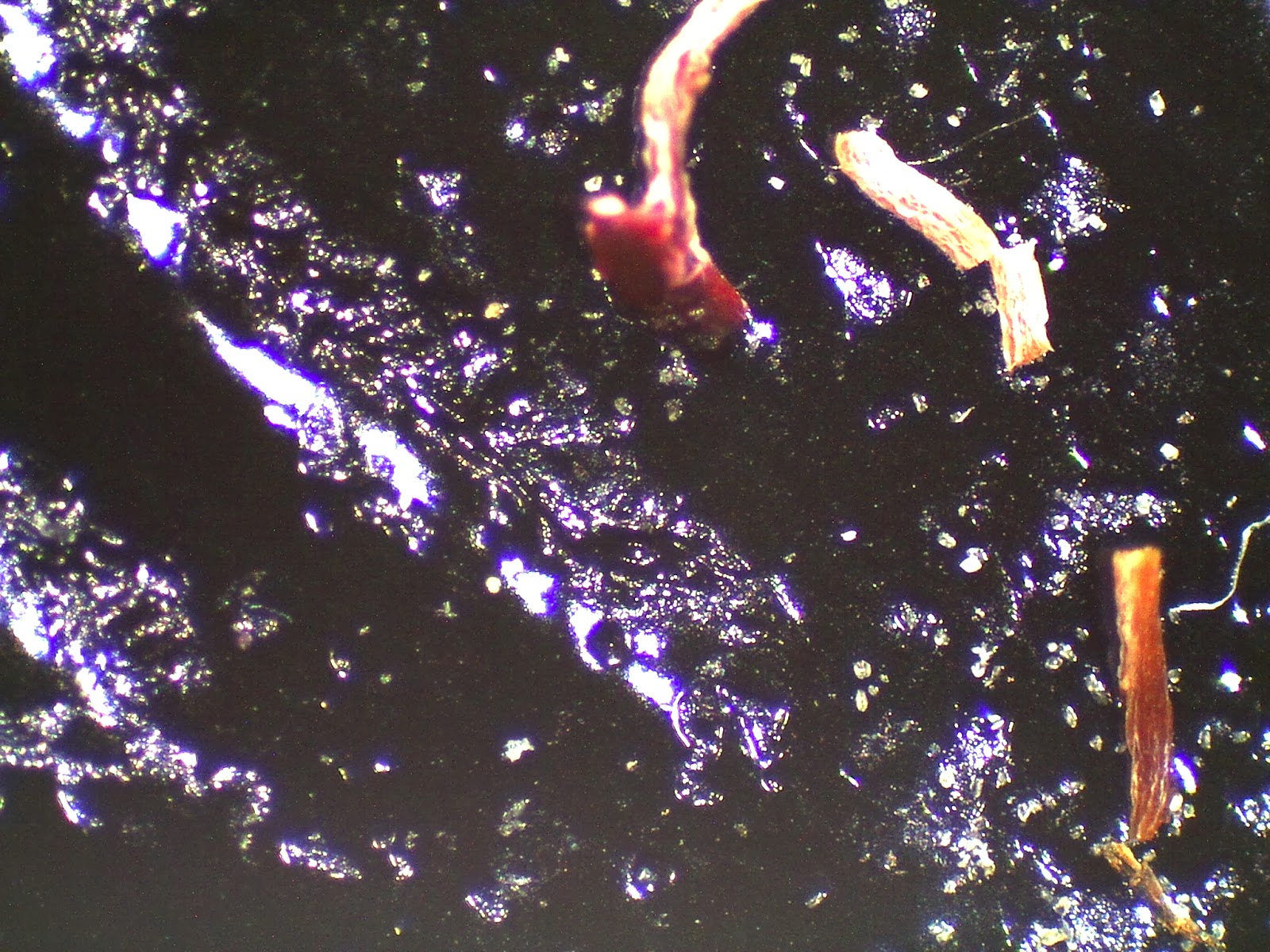The Phylogenetic tree comparing Rosa acicularis (Wild Rose), Rosa chinensis (China Rose), and Primla Vulgaris (Primrose). We created this using Jalview and Uniprot.org.

We couldn't find a Red Rose on the database so we substituted a China Rose this may have influenced the results. Even though we may have changed our results from substituting the China Rose our tree matched the tree that we created based on the pollen morphology of the plants that we observed under the SEM. This phylogenetic tree is more detailed and shows that the Wild Rose is closer related to the common ancestor of the Primrose than the China Rose. we guessed that the Wild Rose and the Red Rose would be just as distant from the Primrose's common ancestor but this was proved wrong assuming that the China Rose is closely related to the Red Rose.




